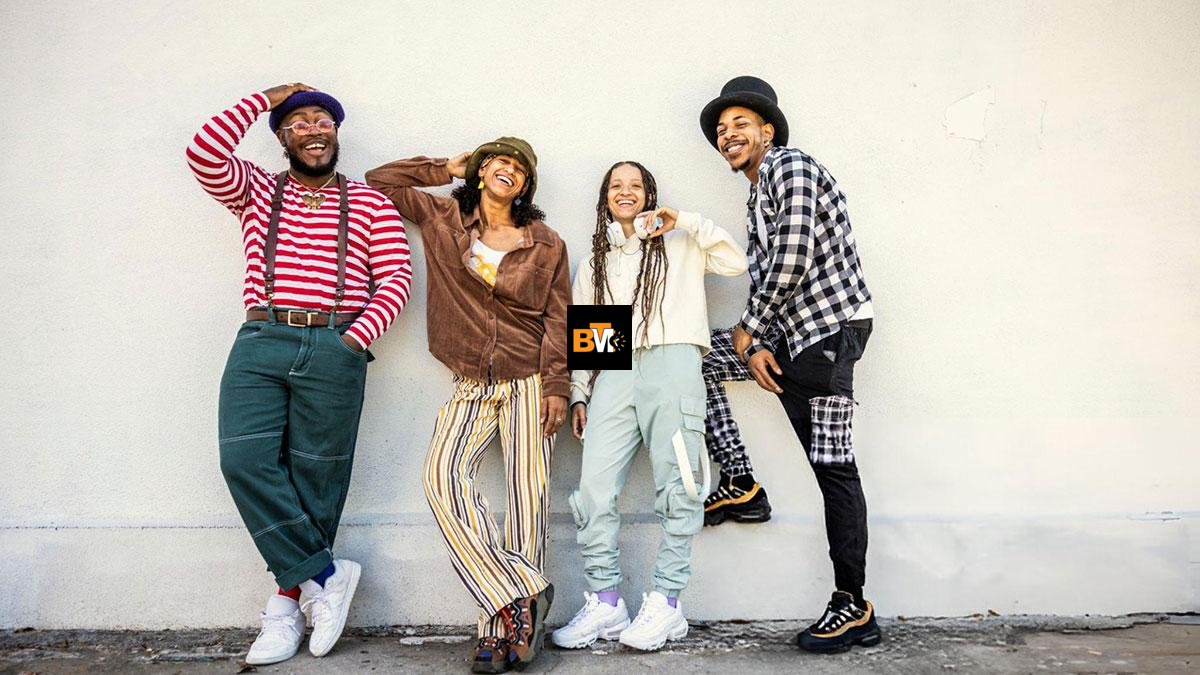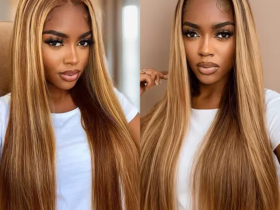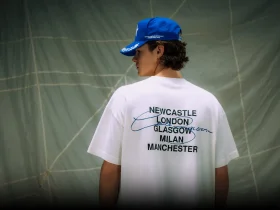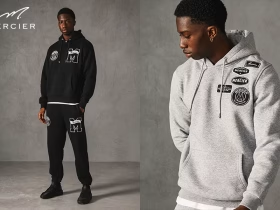Streetwear has evolved from an underground movement into a mainstream fashion powerhouse. Once limited to skateboarding and hip-hop subcultures, streetwear in 2025 has become a dominant force in the global fashion industry. The blend of casual aesthetics, high-fashion influences, and bold branding has made streetwear the go-to choice for Gen Z and millennials.
From brands like Stussy which pioneered streetwear in the ‘80s, to modern-day disruptors like Broken Planet, the landscape of urban fashion is constantly evolving. With new trends emerging, collaborations taking center stage, and sustainability playing a vital role, streetwear is no longer just about clothing—it’s a lifestyle.
Streetwear’s Influence on High Fashion
Luxury Meets Street
In 2025, streetwear continues to blur the lines between high fashion and casual wear. Brands like Stussy have embraced premium materials and limited-edition drops, while luxury fashion houses have fully integrated streetwear elements into their collections. The Trapstar hoodie, once a symbol of underground street culture, is now seen on runways alongside tailored suits and designer accessories.
Collaborations between high fashion and streetwear brands have also reshaped the industry. Think about Broken Planet teaming up with major fashion houses to create exclusive capsule collections that sell out in minutes. The demand for high-end streetwear pieces has never been higher, proving that this once-rebellious fashion movement is now a cornerstone of mainstream style.
The Rise of Limited Drops & Hype Culture
Streetwear thrives on exclusivity, and 2025 has taken the hype culture to new heights. Limited-edition drops from Stussy, Trapstar, and Broken Planet fuel a sense of urgency among consumers, making every release a must-have. This model has revolutionized the traditional fashion calendar, moving away from seasonal collections to on-demand, high-hype releases.
Brands have perfected the art of scarcity, leading to resale markets booming like never before. A rare Trapstar hoodie can now fetch triple its retail price, and sneaker reselling is at an all-time high. With platforms like StockX and Grailed acting as digital marketplaces, streetwear is no longer just fashion—it’s an investment.
Streetwear’s Impact on Everyday Fashion Trends
Oversized & Relaxed Fits Continue to Dominate
Gone are the days of skinny jeans and tight-fitting clothing. Oversized silhouettes remain a defining feature of streetwear in 2025. Hoodies, cargo pants, and baggy t-shirts create a relaxed yet stylish look that resonates with today’s youth.
The Trapstar hoodie known for its bold graphics and boxy fit, perfectly embodies this trend. Similarly, Broken Planet’s loose-fitting tees and hoodies cater to the demand for both comfort and style. The rise of gender-neutral clothing has also contributed to this shift, making streetwear more inclusive than ever.
Techwear & Functional Streetwear
Fashion in 2025 is about more than just aesthetics—it’s about functionality. Techwear, a fusion of streetwear and utility-based fashion, has become a staple for urban fashion lovers. Waterproof fabrics, multiple-pocket designs, and clothing infused with smart technology are now part of everyday wardrobes.
Brands like Stussy have adapted to this trend by incorporating eco-friendly materials while maintaining the edgy streetwear aesthetic. This shift towards functionality and sustainability ensures that streetwear remains relevant in the ever-changing fashion industry.
Sustainability: The Future of Streetwear
With climate change concerns on the rise, sustainability is a major focus in 2025. Many streetwear brands, including Broken Planet, have pivoted towards using recycled fabrics, ethical production methods, and eco-conscious packaging.
The Rise of Sustainable Streetwear Brands
- Broken Planet leads the way in environmentally responsible fashion, using organic cotton and biodegradable dyes.
- Stussy has incorporated recycled polyester into its collections while reducing carbon footprints.
- Trapstar has pledged to create limited drops with long-lasting, high-quality materials, reducing fast fashion waste.
As consumers become more aware of their environmental impact, brands that prioritize sustainability are seeing massive success in 2025.
Celebrity & Social Media Influence on Streetwear
TikTok & Instagram Fuel Streetwear Trends
In 2025, social media platforms like TikTok, Instagram, and YouTube dictate streetwear trends. Influencers, fashion vloggers, and celebrities showcase their latest outfits, inspiring millions worldwide.
The Trapstar hoodie became one of the most talked-about pieces on TikTok, with viral styling videos pushing demand through the roof. Similarly, Broken Planet’s innovative drops frequently trend online, proving that digital marketing is now the driving force behind streetwear’s success.
Celebrity Endorsements & Athlete Collaborations
Rappers, athletes, and Hollywood icons continue to play a huge role in shaping streetwear culture. Celebrities like Travis Scott, ASAP Rocky, and Drake regularly rock Stussy, Broken Planet, and Trapstar, elevating their status in the fashion world.
Athlete collaborations are also at an all-time high. NBA stars and soccer players are no longer just faces of sports brands—they are launching their own streetwear collections, further solidifying the connection between street fashion and athletic culture.
Conclusion: Streetwear’s Influence in 2025 and Beyond
Streetwear clothing in 2025 is not just redefining fashion—it’s leading it. The fusion of luxury and casual wear, the rise of sustainability, and the digitalization of fashion have turned streetwear into a cultural phenomenon.
Brands like Stussy, Trapstar, and Broken Planet continue to push boundaries, setting new standards for style, exclusivity, and eco-consciousness. As fashion evolves, one thing is clear: streetwear is here to s8tay, and it’s only getting bigger.







Leave a Reply